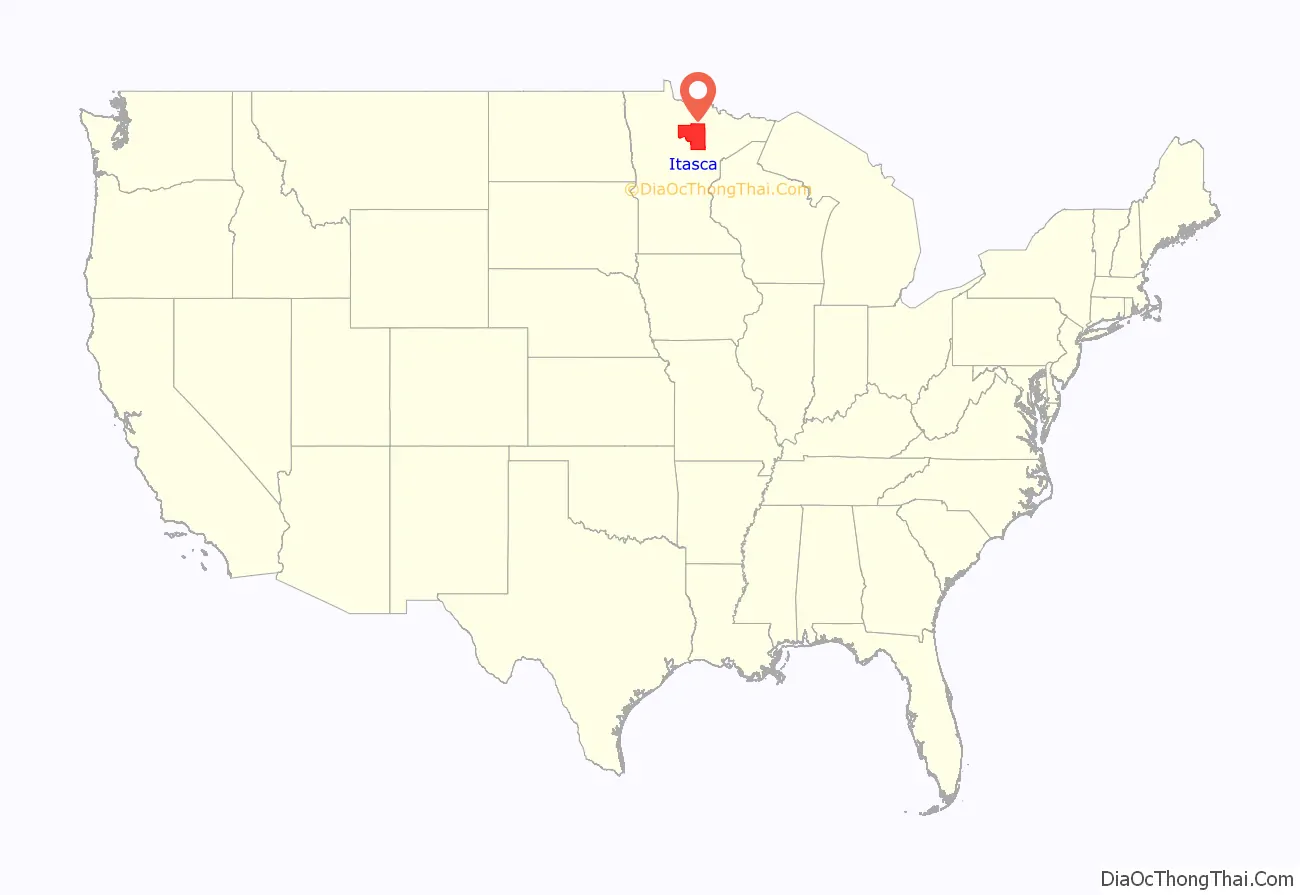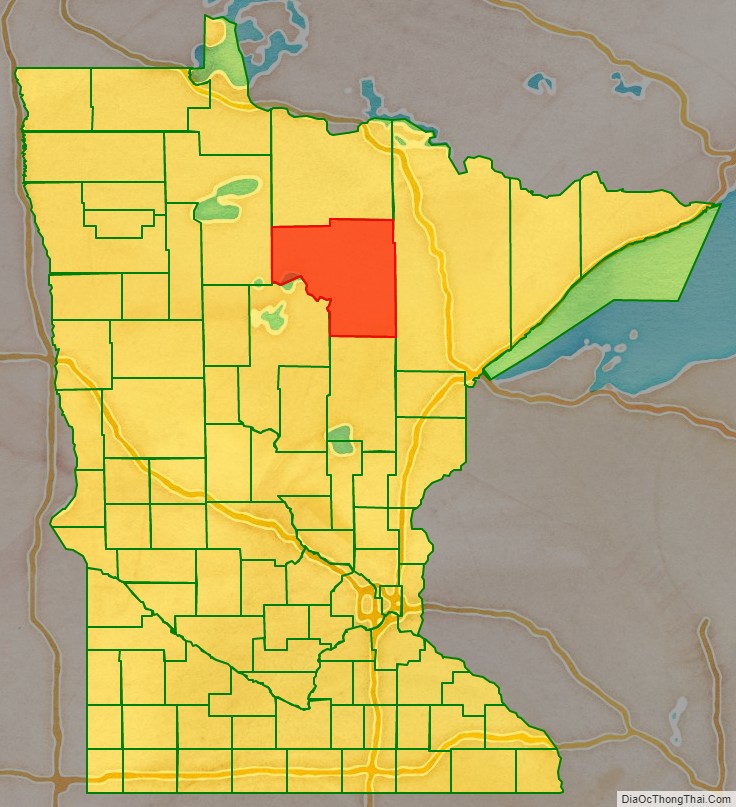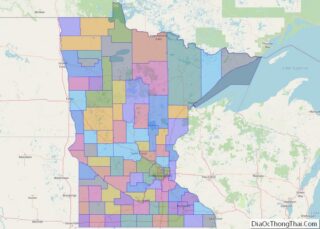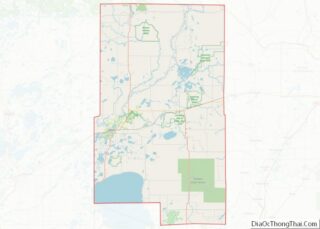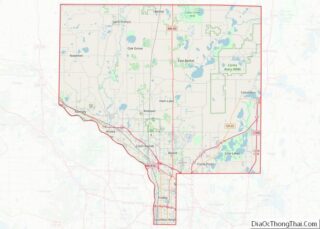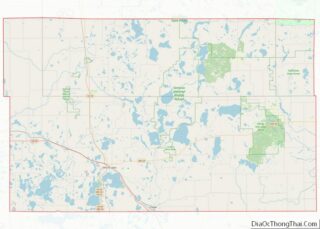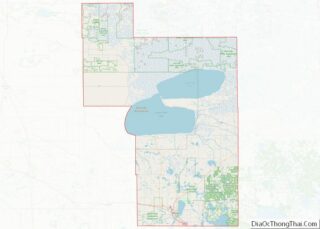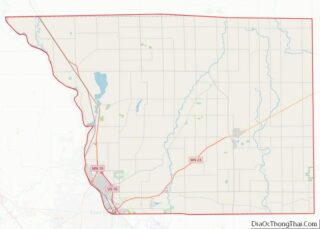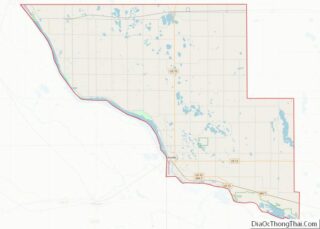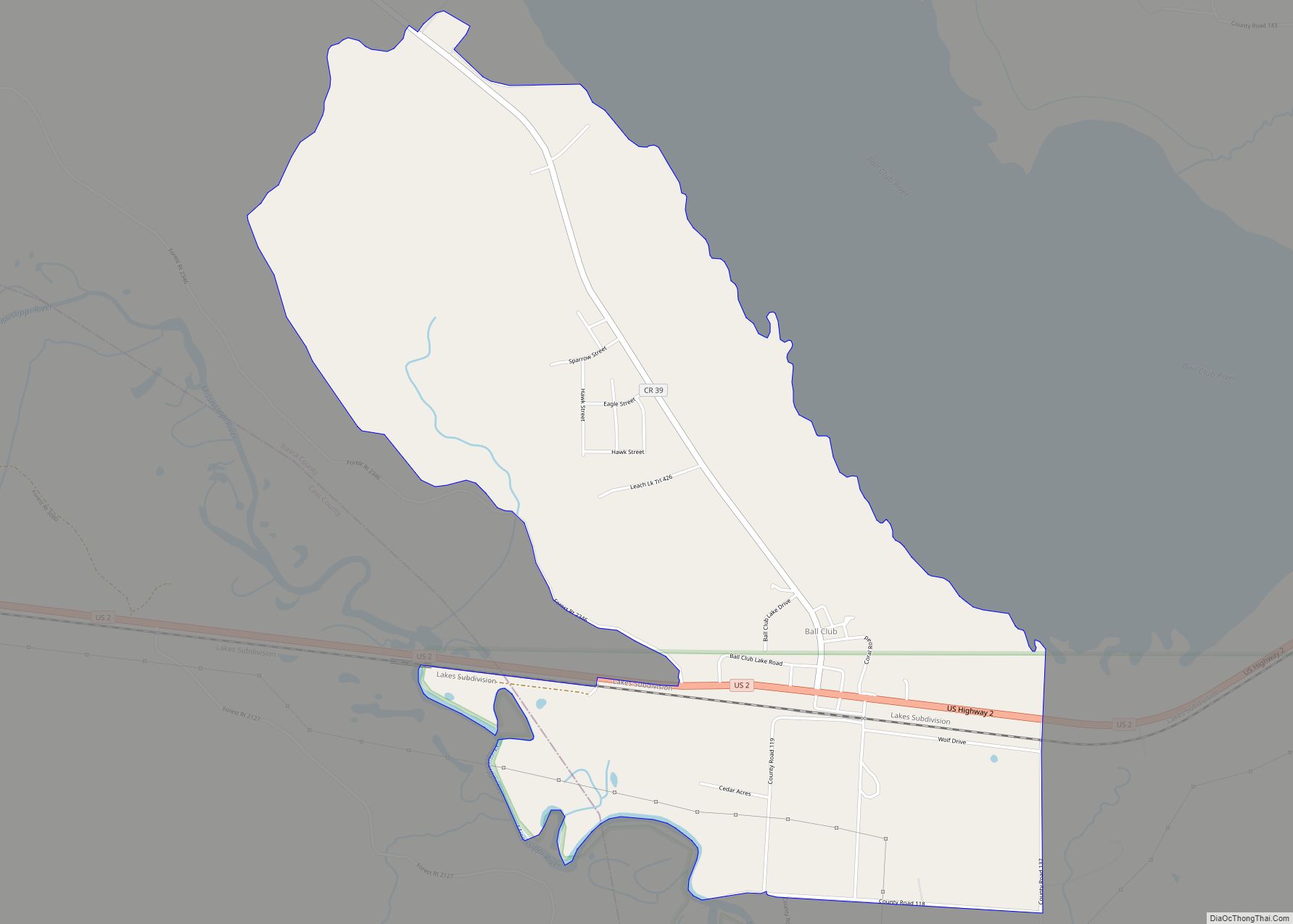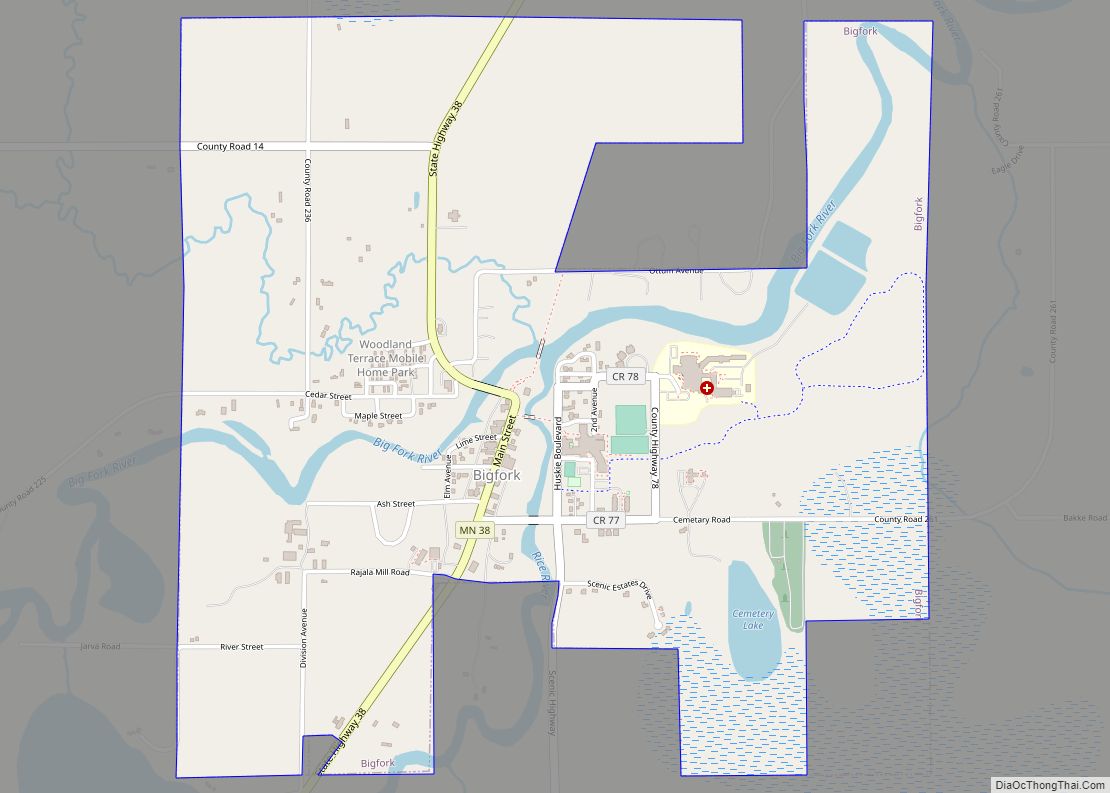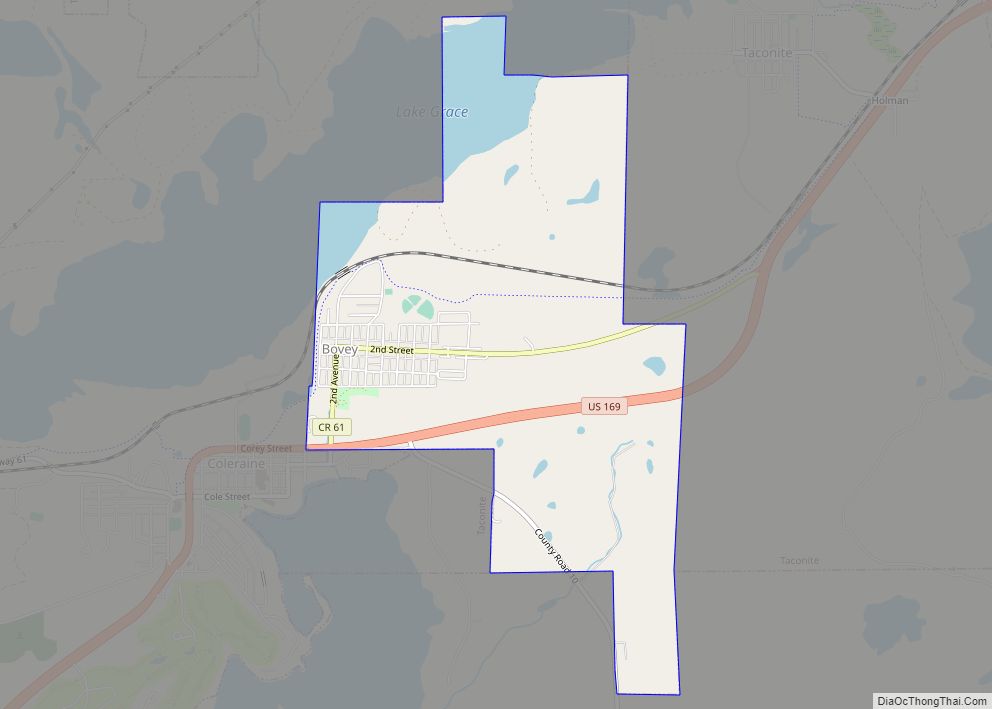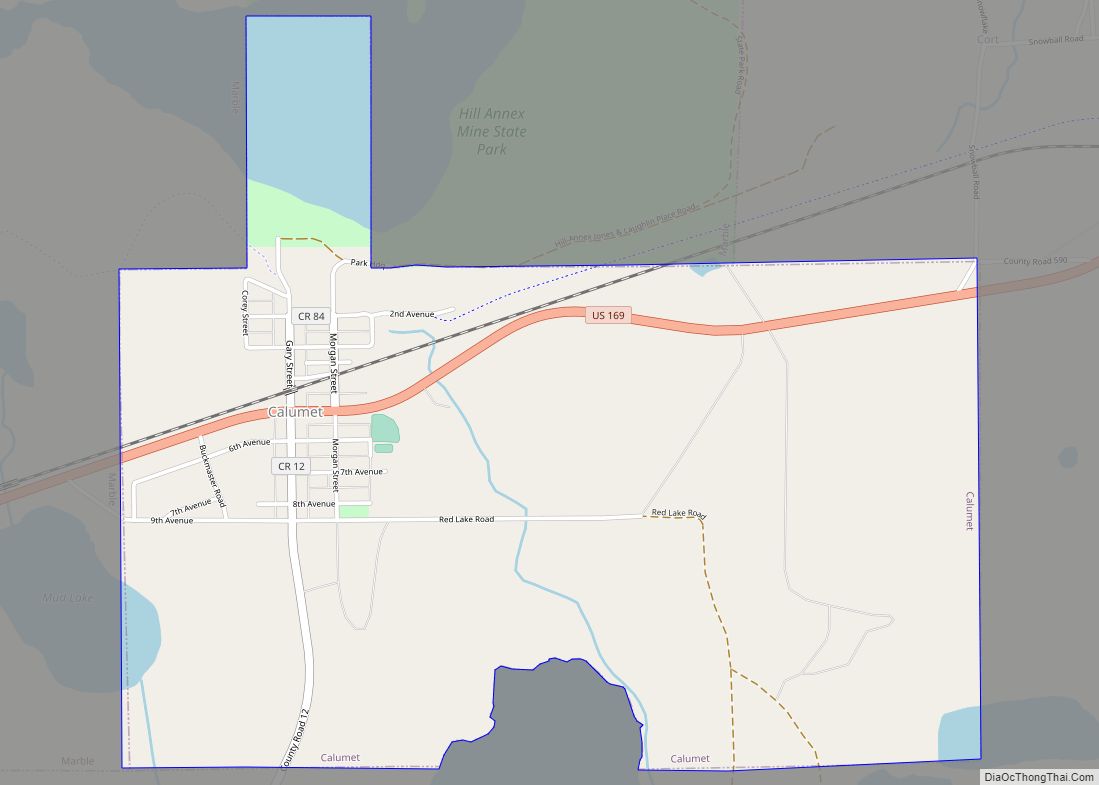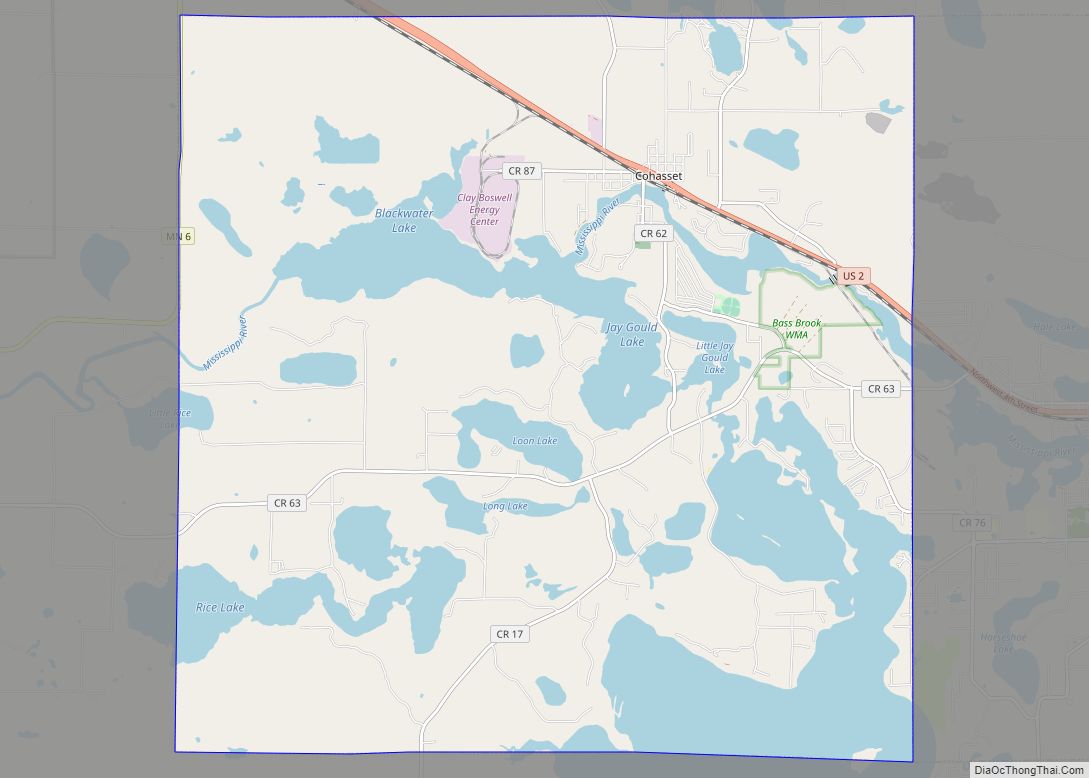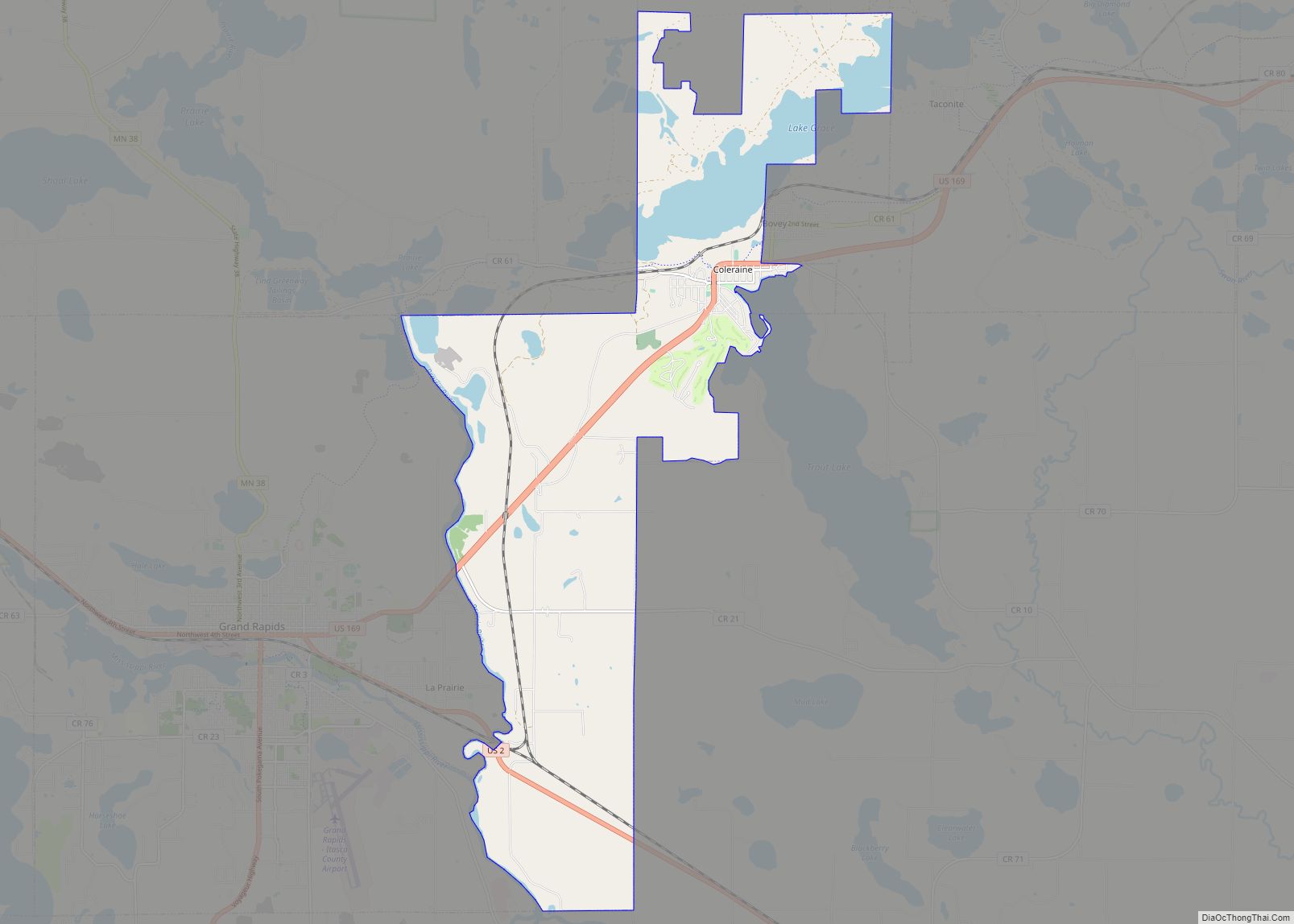Itasca County (pronounced eye-ta-ska) is located in the State of Minnesota. As of the 2020 census, the population was 45,014. Its county seat is Grand Rapids. The county is named after Lake Itasca, which is in turn a shortened version of the Latin words veritas caput, meaning ‘truth’ and ‘head’, a reference to the source of the Mississippi River. Portions of the Bois Forte and Leech Lake Indian reservations are in the county.
| Name: | Itasca County |
|---|---|
| FIPS code: | 27-061 |
| State: | Minnesota |
| Founded: | October 27, 1849 |
| Named for: | Lake Itasca |
| Seat: | Grand Rapids |
| Largest city: | Grand Rapids |
| Total Area: | 2,928 sq mi (7,580 km²) |
| Land Area: | 2,668 sq mi (6,910 km²) |
| Total Population: | 45,014 |
| Population Density: | 16.9/sq mi (6.5/km²) |
| Time zone: | UTC−6 (Central) |
| Summer Time Zone (DST): | UTC−5 (CDT) |
| Website: | www.co.itasca.mn.us |
Itasca County location map. Where is Itasca County?
History
The boundary of Itasca County was first formed in 1849, upon the creation of the Minnesota Territory. It was originally a much larger county, which covered many of today’s northeastern Minnesota counties. The original Itasca County stretched over Cook, Lake, Saint Louis, Koochiching, eastern Lake of the Woods, eastern Beltrami, Itasca, northern Aitkin, and northern Carlton counties, today in Minnesota.
Itasca County was originally named for Lake Itasca (no longer in the county’s present borders), which was determined to be the true source of the Mississippi River. After many disputes over finding the source of the Mississippi River, Henry Schoolcraft set out to find its true source in 1832. Once he came upon its true source, he decided to name this ‘Lake Itasca.’ The Mississippi River flows from its small beginnings at Lake Itasca, where it can be crossed on foot. It flows past Bemidji, through Itasca County, and continues to the Gulf of Mexico.
Itasca County Road Map
Geography
The terrain of Itasca County is hilly, heavily wooded, and studded with lakes and ponds. It generally slopes to the east, with its highest areas on its upper west border, at 1,437′ (438m) ASL. The county has a total area of 2,928 square miles (7,580 km), of which 2,668 square miles (6,910 km) is land and 260 square miles (670 km) (8.9%) is water. It is the third-largest county in Minnesota by land area.
The landscape in Itasca County varies greatly. The low plains, rolling hills, and wetlands occur where there was glacial activity in the past. This area is known greatly for being forested, and has been for centuries. The different forests are made up of trees such as pines, spruces, hardwoods, cedar, and tamarack. The many large forests in the area make forestry and logging major sectors in the economy.
In Itasca County there are many different bodies of water from big lakes, to small creeks, to major rivers. Over 1400 lakes are located within the county. These bodies of water help support many different wildlife species such as different birds and small mammals. Major bodies of water in the county include Lake Winnibigoshish, Pokegama Lake, Deer Lake, the Mississippi River, Bowstring Lake, and the Blandin Paper Mill Reservoir.
Major highways
- U.S. Highway 2
- U.S. Highway 71
- U.S. Highway 169
- Minnesota State Highway 1
- Minnesota State Highway 6
- Minnesota State Highway 38
- Minnesota State Highway 46
- Minnesota State Highway 65
- Minnesota State Highway 286
Adjacent counties
- Koochiching County – north
- Saint Louis County – east
- Aitkin County – south
- Cass County – southwest
- Beltrami County – west
Protected areas
- Big Fork State Forest
- Botany Bog Scientific and Natural Area
- Chippewa National Forest (part)
- George Washington State Forest (part)
- Golden Anniversary State Forest
- Marcell Experimental Forest
- Scenic State Park
